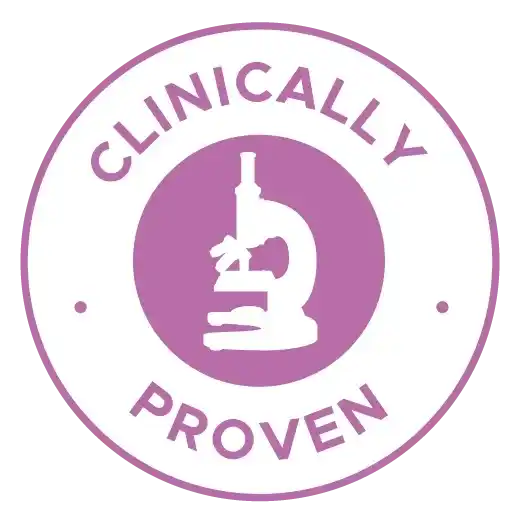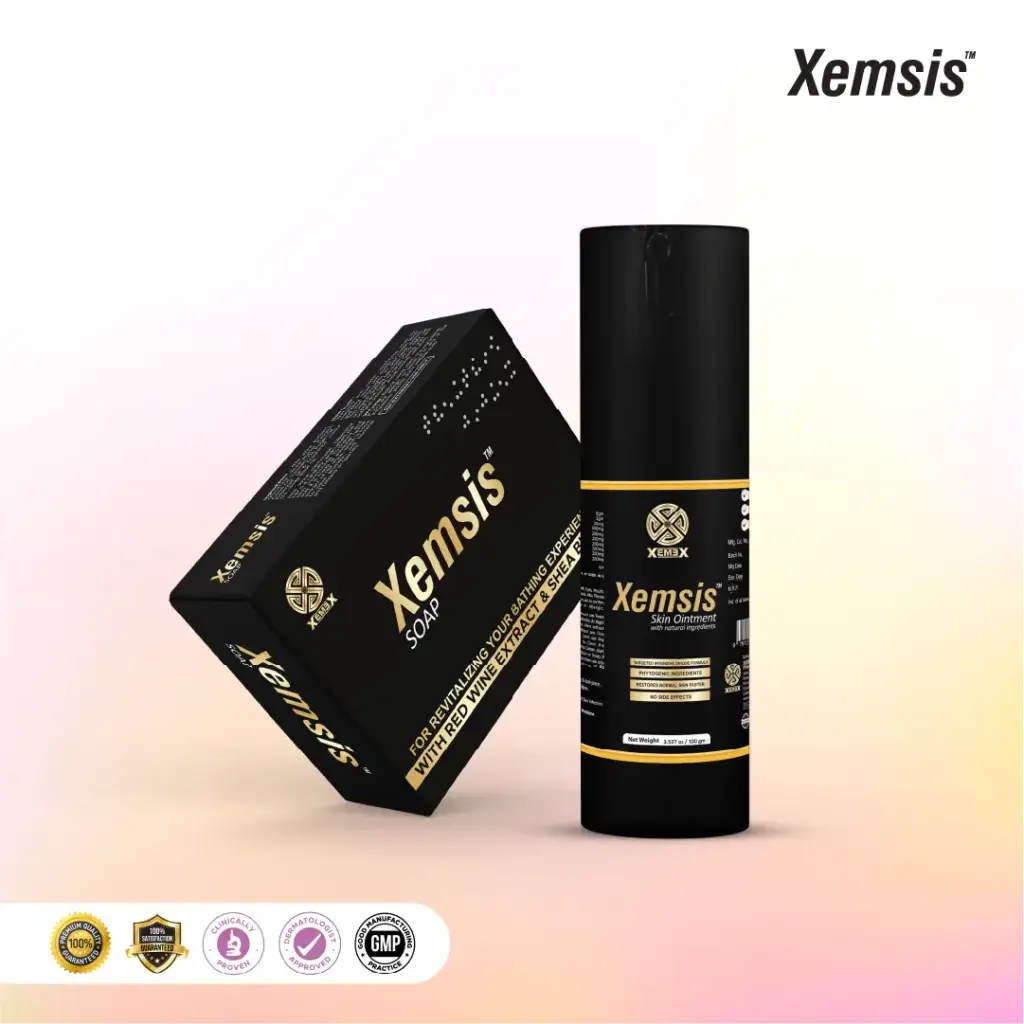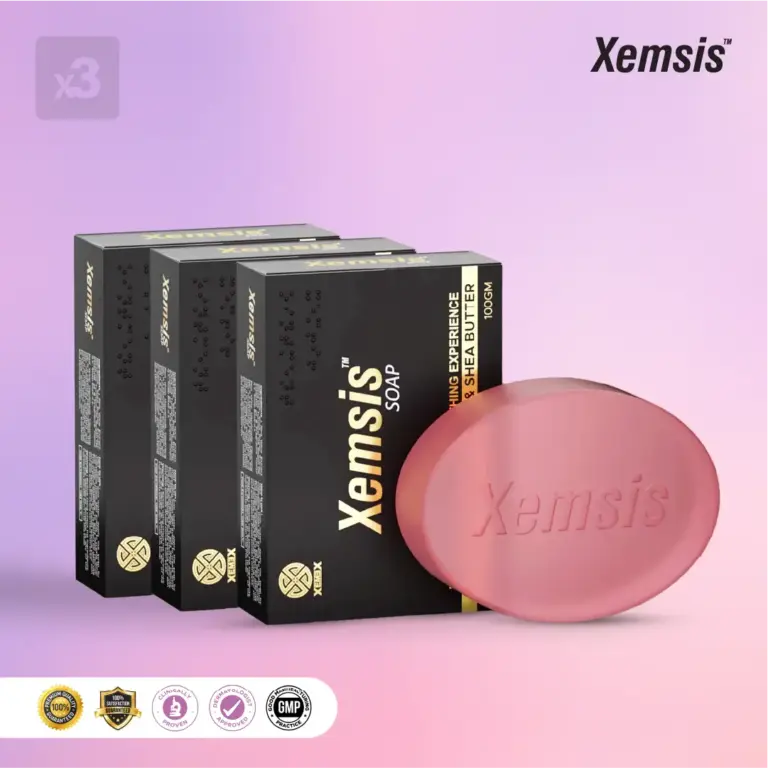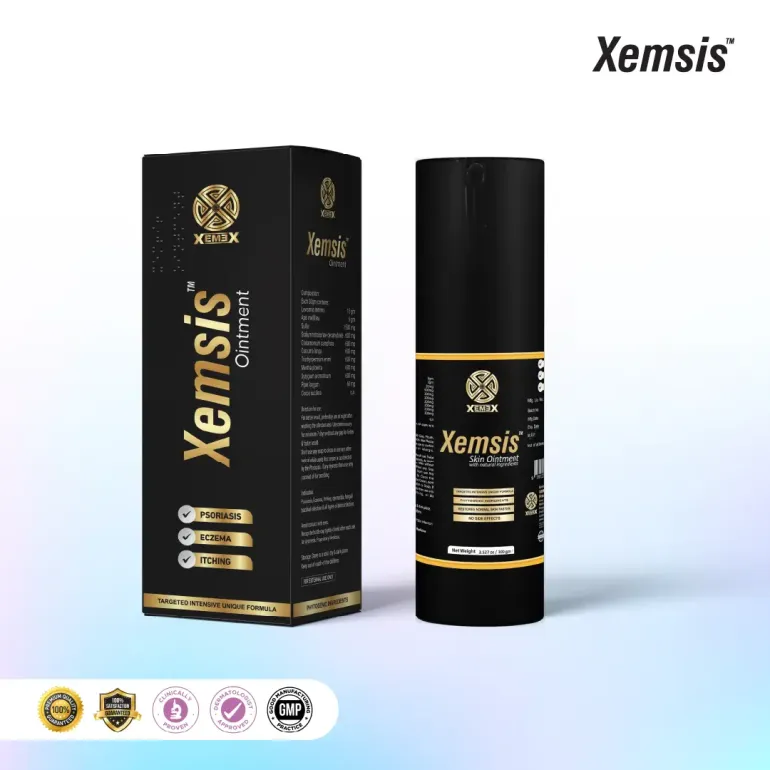Top 10 Mistakes People Make When Treating Psoriasis

Introduction
Psoriasis is a chronic autoimmune skin condition that affects millions worldwide. It causes red, scaly skin plaques, itching, and inflammation, and can appear anywhere on the body, including the scalp, elbows, knees, and even nails. Many confuse it with seborrheic dermatitis scalp eczema, or other conditions, leading to misdiagnosis and incorrect treatment.
Despite the availability of psoriasis creams, psoriasis medicine, and natural remedies, many people struggle to find lasting relief. Why? Because they unknowingly make mistakes in their treatment approach, worsening their symptoms instead of improving them.
If you have a psoriasis skin condition and feel like nothing works, this guide will highlight the top 10 mistakes people make and how to fix them, so you can finally get healthy, clear skin.

1. Using the Wrong Skincare Products
One of the most common mistakes people make when treating psoriasis on the skin is using harsh skincare products. Many lotions, soaps, and creams contain fragrances, alcohol, and strong chemicals that strip the skin of its natural moisture, making plaque skin disease worse.
What to Do Instead:
- Use a good cream for psoriasis with gentle, natural ingredients that soothe and repair the skin.
- Avoid strong soaps and alcohol-based toners, which can cause irritation.
- Choose a dermatologist-approved skin cream for skin infection, like Xemsis Cream, designed to reduce redness, scaling, and itchiness without side effects.
2. Not Moisturizing Enough
People with psoriasis, dry scalp, or skin illness psoriasis often underestimate the importance of hydration. Dry skin leads to cracks, increased irritation, and worsening of psoriasis symptoms and signs.
What to Do Instead:
- Apply a hydrating, healing psoriasis cream immediately after bathing to lock in moisture.
- Drink plenty of water to keep the skin hydrated from within.
- Use a moisturizing psoriasis skin product, such as Xemsis Cream, that deeply nourishes the skin while providing a protective barrier.
3. Ignoring Triggers
Psoriasis flare-ups are often triggered by stress, poor diet, environmental factors, and infections. If you don’t track your psoriasis in scalp causes or skin triggers, you may unknowingly be making your condition worse.
What to Do Instead:
- Keep a trigger diary to track foods, stress levels, and other environmental factors.
- Reduce stress through meditation, exercise, or therapy to prevent psoriasis symptoms and signs from worsening.
- Identify and avoid triggers like processed foods, alcohol, and smoking.
4. Overusing Steroid-Based Psoriasis Medicine
Many people rely heavily on steroid creams for immediate relief. However, long-term use can thin the skin, cause resistance, and lead to worse flare-ups.
What to Do Instead:
- Use steroid-free, natural alternatives like Xemsis Cream, which is clinically formulated to treat skin plaques without side effects.
- Only use steroids under doctor supervision and avoid long-term dependence.
- Combine topical treatment with healthy lifestyle changes to get lasting relief.
5. Scratching or Picking at Skin
It’s tempting to scratch itchy skin plaques or scalp scales, but doing so damages the skin barrier and can cause infections.
What to Do Instead:
- Apply an anti-itch, soothing psoriasis cream like Xemsis Cream to reduce the urge to scratch.
- Keep nails short to prevent accidental skin damage.
- Use a cool compress or gentle moisturizing lotion for relief.
6. Not Treating the Scalp Properly
Scalp psoriasis is often mistaken for seborrheic dermatitis, seborrhoeic eczema scalp, or sebderm scalp conditions. Using the wrong products can delay healing and cause excessive flaking.
What to Do Instead:
- Use a gentle, medicated shampoo and a psoriasis cream to soothe psoriasis dry scalp symptoms.
- Avoid harsh hair products, styling gels, or sprays that may irritate the scalp.
- Identify scalp psoriasis causes and treat them accordingly with Xemsis Cream, designed to reduce redness, flakes, and inflammation.
7. Relying Only on Topical Treatments
Many people only use psoriasis cream and ignore other crucial treatments like diet, supplements, and stress management.
What to Do Instead:
- Combine topical treatment with internal healing through a healthy diet, vitamin D, and lifestyle changes.
- Reduce inflammation naturally by avoiding sugar, dairy, and processed foods.
- Pair a good cream for psoriasis, like Xemsis Cream, with a holistic approach for faster, lasting results.
8. Skipping Medical Advice
Self-diagnosing and using the wrong psoriasis medicine or skin cream for the infection can lead to prolonged symptoms.
What to Do Instead:
- Consult a dermatologist to determine what is the cause of psoriasis and get the right treatment.
- Use clinically-tested creams like Xemsis Cream that are recommended by skin experts.
- Follow a personalized treatment plan instead of trying random home remedies.
9. Using the Wrong Diet and Lifestyle Choices
Diet plays a huge role in the psoriasis skin condition. Many people eat inflammatory foods that trigger flare-ups without realizing it.
What to Do Instead:
- Avoid processed foods, red meat, dairy, and alcohol that can worsen skin rashes and psoriasis.
- Eat anti-inflammatory foods like omega-3-rich fish, leafy greens, and turmeric.
- Maintain a healthy gut, as poor digestion can trigger plaque skin disease.
10. Giving Up Too Soon
Many expect instant results and stop treatments too early, leading to recurring flare-ups.
What to Do Instead:
- Be consistent with psoriasis treatments and give them enough time to work.
- Use a high-quality psor cream like Xemsis Cream for visible results within days.
- Stay patient and track improvements over weeks, not days.
Conclusion
Treating psoriasis in the skin requires the right approach, patience, and consistency. By avoiding these common mistakes, you can improve your skin health and prevent flare-ups.
Xemsis Cream is a trusted, dermatologist-approved solution for psoriasis relief. It soothes, hydrates, and heals skin plaques quickly, making it a must-have for anyone struggling with psoriasis symptoms.
Get Xemsis Cream today and start your journey to clear, healthy skin!
References
- Lebwohl M. The 10 Most Common Mistakes in the Topical Treatment of Psoriasis. Psoriasis Forum. 1997;3a(2):4-4. doi:10.1177/247553039703a00206
- Yélamos, Oriol, Sandra Ros, and Lluís Puig. “Improving patient outcomes in psoriasis: strategies to ensure treatment adherence.” Psoriasis: Targets and Therapy (2015): 109-115.
https://www.tandfonline.com/doi/abs/10.2147/PTT.S54070
- Richards, H. L., D. G. Fortune, and C. E. M. Griffiths. “Adherence to treatment in patients with psoriasis.” Journal of the European Academy of Dermatology and Venereology 20.4 (2006): 370-379.
https://onlinelibrary.wiley.com/doi/abs/10.1111/j.1468-3083.2006.01565.x
- Wahl, Astrid Klopstad, et al. “Psoriasis patients’ knowledge about the disease and treatments.” Dermatology research and practice 2013.1 (2013): 921737. https://onlinelibrary.wiley.com/doi/abs/10.1155/2013/921737















